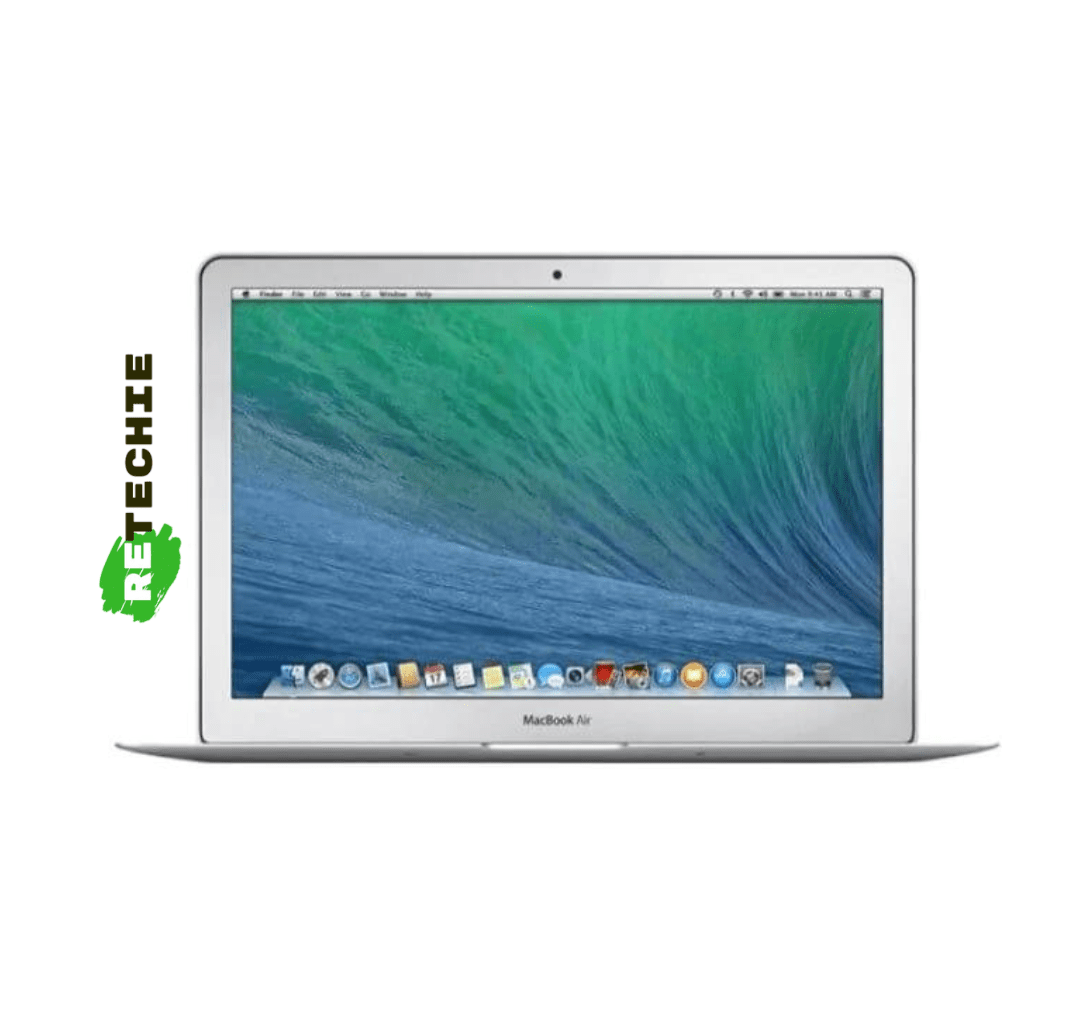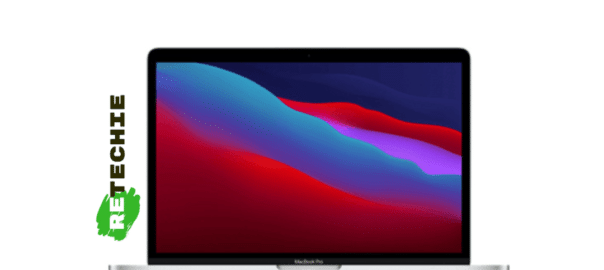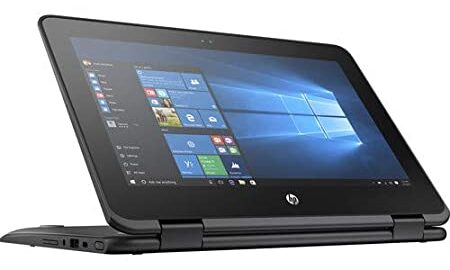
As one of the most popular laptop brands in the world, Apple has a reputation for creating high-quality and reliable devices. However, not everyone can afford to buy a brand new MacBook Air. If you’re looking for a more affordable option, you might consider purchasing a refurbished MacBook Air instead.
A refurbished MacBook Air is a pre-owned device that has been inspected, tested, and restored to its original condition by Apple or an authorized reseller. These laptops are often sold at a lower price than new devices, but they offer many of the same features and benefits.
One of the main advantages of purchasing a refurbished MacBook Air is the cost savings. Depending on the model and configuration, you can often save hundreds of dollars compared to buying a brand new device. This is especially true if you’re willing to consider slightly older models or those with less storage capacity.
Despite the lower cost, refurbished MacBook Airs are still backed by Apple’s warranty and customer support. This means that if you encounter any issues with your device, you can still receive assistance from Apple’s technical support team or take advantage of repair services.
Another benefit of refurbished MacBook Airs is that they are better for the environment. By purchasing a pre-owned device, you’re helping to reduce electronic waste and giving an older device a new lease on life. This is a more sustainable option than buying a new laptop every few years, especially if you take good care of your refurbished device and keep it in good condition.
Of course, there are some potential drawbacks to purchasing a refurbished MacBook Air as well. Depending on the age and condition of the device, it may not have the latest features or technology. Additionally, you may not have access to the same customization options or upgrade options as you would with a new device.
Overall, if you’re looking for a high-quality laptop at a more affordable price point, a refurbished MacBook Air could be a great option to consider. Just be sure to do your research, read reviews, and purchase from a reputable seller to ensure that you’re getting a device that’s in good condition and backed by a warranty.
Different generations of the MacBook Air:
- MacBook Air (Original) – The first-generation MacBook Air was released in January 2008. It featured a 13.3-inch display, a 1.6GHz Intel Core 2 Duo processor, and up to 2GB of RAM.
- MacBook Air (Late 2008) – The second-generation MacBook Air was released in October 2008. It featured a new design with a unibody aluminum enclosure, improved battery life, and a faster processor.
- MacBook Air (Mid 2009) – The third-generation MacBook Air was released in June 2009. It featured a slightly faster processor, improved graphics, and a new trackpad.
- MacBook Air (Late 2010) – The fourth-generation MacBook Air was released in October 2010. It featured a new design with a larger trackpad, a backlit keyboard, and improved battery life.
- MacBook Air (Mid 2011) – The fifth-generation MacBook Air was released in July 2011. It featured a faster processor, improved graphics, and the addition of a Thunderbolt port.
- MacBook Air (Mid 2012) – The sixth-generation MacBook Air was released in June 2012. It featured a new design with a thinner profile and improved battery life, as well as the addition of USB 3.0 ports.
- MacBook Air (Mid 2013) – The seventh-generation MacBook Air was released in June 2013. It featured a faster processor, improved graphics, and improved battery life.
- MacBook Air (Early 2014) – The eighth-generation MacBook Air was released in March 2014. It featured a slightly faster processor and improved battery life.
- MacBook Air (Early 2015) – The ninth-generation MacBook Air was released in March 2015. It featured a new processor, improved graphics, and faster storage.
- MacBook Air (2018) – The tenth-generation MacBook Air was released in November 2018. It featured a new design with thinner bezels, a Retina display, Touch ID, and improved speakers.
Each generation of the MacBook Air brought significant improvements and changes to the device, making it a popular choice for those looking for a lightweight and portable laptop.
That’s correct! The original MacBook Air was a groundbreaking device that introduced a new level of portability to the laptop market. It was incredibly thin and lightweight, measuring just 0.76 inches at its thickest point and weighing in at only 3 pounds. This made it the perfect device for frequent travelers and those who needed a laptop that was easy to carry around.
In addition to its impressive design, the first-generation MacBook Air also featured a 13.3-inch widescreen display with a resolution of 1280×800 pixels. It was powered by a 1.6GHz Intel Core 2 Duo processor and could be configured with up to 2GB of RAM and a 64GB solid-state drive.
Despite its impressive specs, the original MacBook Air was criticized by some for its high price tag and lack of features such as an optical drive or an Ethernet port. However, it still managed to make a significant impact on the laptop market and paved the way for the many slim and lightweight laptops that followed in its footsteps.
The MacBook Air (Late 2008) was the second generation of the MacBook Air, released in October 2008. It brought several significant improvements over the original MacBook Air.
One of the most notable changes was the redesign of the laptop’s casing. The Late 2008 MacBook Air now had a unibody aluminum enclosure, which was stronger and more durable than the previous model. The new design also allowed for a larger battery, which increased the laptop’s battery life to up to 5 hours.
The Late 2008 MacBook Air also featured a faster processor, with options ranging from a 1.6GHz or 1.86GHz Intel Core 2 Duo processor, and up to 2GB of DDR3 SDRAM. Additionally, the NVIDIA GeForce 9400M graphics chip was added, providing improved graphics performance compared to the previous generation.
One significant downside of the Late 2008 MacBook Air was that it still lacked an optical drive, which was a common feature in laptops at the time. However, Apple introduced a new feature called Remote Disc, which allowed users to access the optical drive on another computer over a network connection.
Overall, the MacBook Air (Late 2008) was a significant improvement over the original MacBook Air, and it helped establish the MacBook Air as a popular laptop option for those who needed a lightweight and portable device.
The MacBook Air (Mid 2009) was the third generation of the MacBook Air, released in June 2009. It featured several notable improvements over the previous model.
One of the most significant changes was the upgrade to a faster processor, with options ranging from a 1.86GHz or 2.13GHz Intel Core 2 Duo processor, as well as up to 4GB of DDR3 SDRAM. This increase in processing power made the Mid 2009 MacBook Air a much more capable device than its predecessor.
Another significant change was the addition of an NVIDIA GeForce 9400M graphics chip, which provided improved graphics performance compared to the previous model. The Mid 2009 MacBook Air also came with a 120GB hard drive or a 128GB solid-state drive, providing users with plenty of storage options.
In terms of design, the Mid 2009 MacBook Air was similar to the previous model, featuring the same unibody aluminum enclosure. However, Apple made some slight changes to the laptop’s keyboard, trackpad, and display.
The Mid 2009 MacBook Air also introduced some new features, such as a new Mini DisplayPort that allowed users to connect an external display. Additionally, Apple added support for Bluetooth 2.1, which improved the laptop’s wireless capabilities.
Overall, the MacBook Air (Mid 2009) was a significant improvement over the previous generation, and it solidified the MacBook Air’s position as a popular option for those who needed a lightweight and portable laptop.












